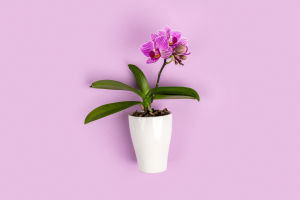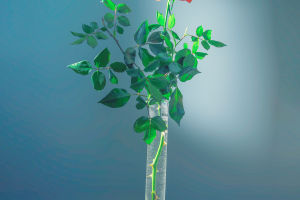Dandelion is a common herbaceous plant belonging to the Asteraceae family.
It is widely distributed around the world, particularly in temperate regions.
The dandelion is attractive due to its unique appearance, its important role in the ecosystem, and its use in traditional medicine, which has sparked a deep interest in it.
This article will provide a detailed introduction to the growth habits, ecological role, medicinal value, and other aspects of dandelion.
1. Growth Habits
Dandelions are typically perennial herbs with well-developed root systems. The main root is thick and can grow deep into the soil to search for water, giving the plant strong drought resistance.
The leaves of the dandelion are lance-shaped with serrated edges, arranged in a rosette formation, creating a characteristic herbaceous appearance. Dandelion seeds are spread by the wind, and the white fluffy hairs on the seeds help them float, ensuring widespread distribution. This is one reason why dandelions can quickly establish themselves in new environments.
2. Ecological Role
Dandelions play an important role in the ecosystem. As a pioneer plant, dandelions can grow rapidly in barren soils, providing a beneficial environment for the growth of other plants. Their extensive root systems help improve soil structure and promote water infiltration.
The flowers of dandelions are rich in nectar, attracting bees and other insects, which helps maintain ecological balance. Moreover, dandelions serve as a food source for many small mammals and birds as their young leaves, roots, and flowers are edible.
3. Medicinal Value
Dandelion has been widely used in traditional medicine for centuries. Its roots, leaves, and flowers all have medicinal value, especially known for their ability to clear heat and toxins, as well as diuretic and anti-inflammatory effects.
Dandelion flowers, in particular, have anti-inflammatory properties that help relieve internal inflammation. Modern medical research has also shown that certain chemical components in dandelions have potential anti-cancer, anti-viral, and blood sugar-lowering effects. As a result, dandelion extracts are increasingly being included in health products.
Additionally, dandelions tea is commonly found in herbal beverages. It helps with digestion and boosts the immune system, and moderate consumption is beneficial for health. For individuals with kidney issues or those who need detoxification, dandelion tea is considered a good health supplement.
4. Edible Value
Apart from its medicinal uses, dandelion is also an edible plant. In many regions, the young leaves of dandelions are used to make salads, soups, or stir-fries, offering a fresh, slightly bitter taste.
The flowers can be turned into preserved sweets. The roots can be roasted or boiled, making for a natural food source. Dandelion is not only nutritious but also considered a wild delicacy, appreciated by those who embrace a natural lifestyle.
5. Conservation and Utilization
Despite its significant value in many areas, dandelions are regarded as weeds in some regions because they grow quickly and easily take up space in fields and gardens, competing with other plants for resources.
Therefore, proper management and control of dandelion growth have become a challenge in horticulture and agriculture. As people gain a better understanding of plant diversity, the medicinal and edible value of dandelions has received increasing attention. In recent years, the use of dandelions in organic agriculture and herbal products has gradually increased, making it a valued natural resource.
Dandelion, this seemingly unremarkable plant, with its unique growth habits, rich medicinal value, and deep cultural significance, has become an integral part of human life. Dandelions are admired for their resilience and vitality. Their presence not only supports the ecosystem but also adds endless charm to human health and cultural life.


